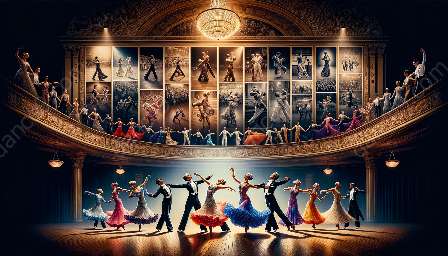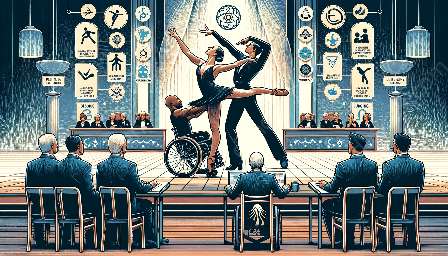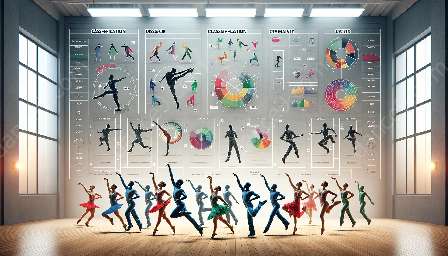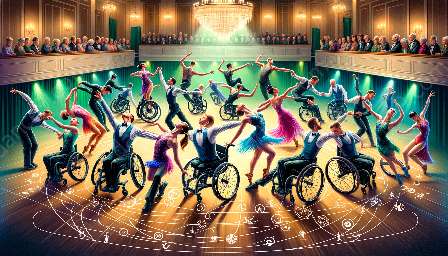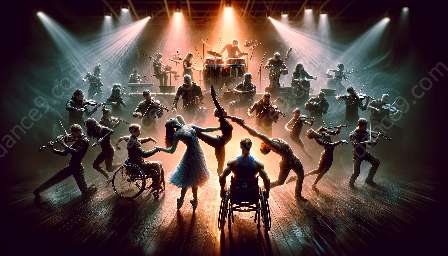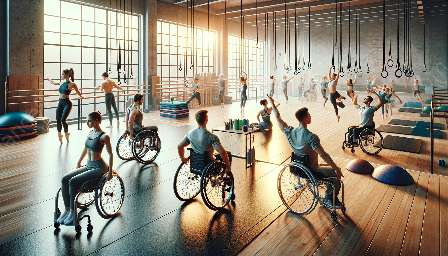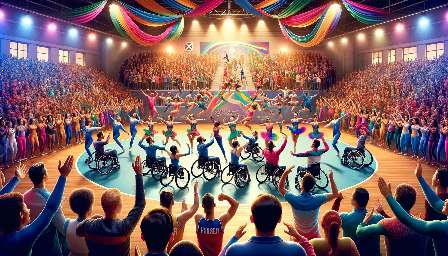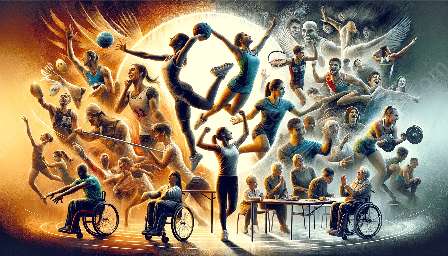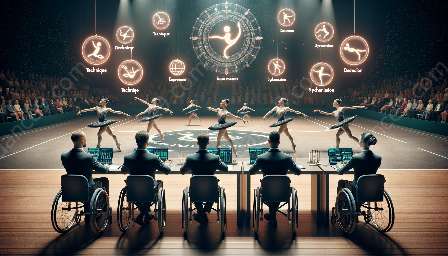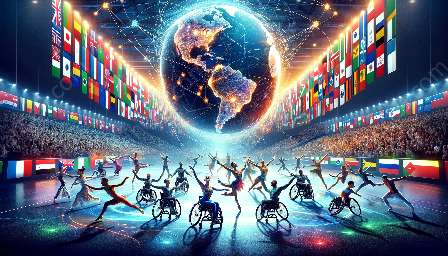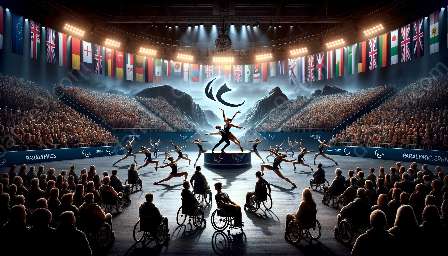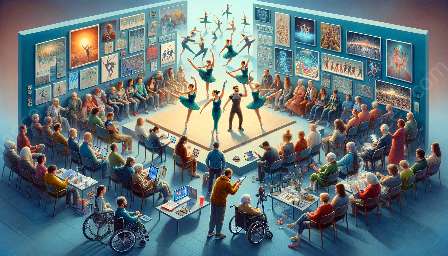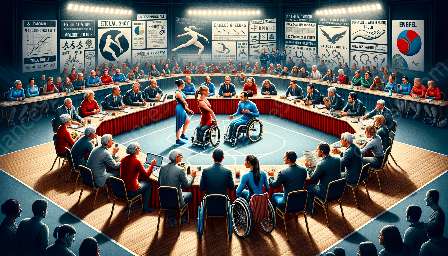Para dance sport is a visually stunning and highly technical sport that requires athletes to demonstrate skill, artistry, and precision. In this article, we will explore the key components of a successful para dance sport performance, the judging criteria, and insights from the World Para Dance Sport Championships.
Understanding Para Dance Sport
Para dance sport, also known as wheelchair dance sport, is a competitive sport that combines the grace and artistry of dance with the precision and athleticism of sports. Athletes compete in various dance styles, including ballroom and Latin dances, showcasing their ability to move in sync with their partners while maintaining impeccable control and technique.
Key Components of a Successful Performance
A successful para dance sport performance is built on a foundation of key components, each of which contributes to the overall success of the routine. These components include:
- Technical Proficiency: Athletes must display mastery of dance techniques, including footwork, posture, and partner synchronization.
- Artistic Expression: Performances should convey emotion, storytelling, and musical interpretation, adding depth and meaning to the choreography.
- Physical Fitness: Athletes need to maintain peak physical condition to perform demanding routines with endurance and precision.
- Adaptability: For para dance sport, adaptability plays a crucial role, as athletes are often navigating the unique challenges of dancing in a wheelchair. This requires innovative techniques and specialized training.
- Technical Execution: Judges assess the precision and quality of the athletes' movements, looking for clean lines, proper footwork, and synchronized partnering.
- Artistic Impression: This category focuses on the athletes' ability to convey artistry, emotion, and musical interpretation through their performance.
- Difficulty and Variability: The complexity of choreography and the variety of dance elements performed are taken into account, rewarding creativity and skill.
- Musical Accompaniment: Athletes are judged on their ability to dance in harmony with the music, demonstrating an understanding of rhythm and timing.
Judging Criteria in Para Dance Sport
Para dance sport performances are evaluated based on specific judging criteria to ensure fairness and consistency in scoring. The following are the key aspects considered in the judging process:
World Para Dance Sport Championships
The World Para Dance Sport Championships are the pinnacle of para dance sport competition, showcasing the world's best athletes as they compete for top honors. This prestigious event serves as a platform for athletes to demonstrate their skill, artistry, and dedication to the sport. The championships feature a diverse range of dance styles and categories, highlighting the breadth of talent within the para dance sport community.
Attending the World Para Dance Sport Championships provides an opportunity to witness the highest level of para dance sport, offering spectators a captivating display of athleticism and artistry. The event also serves as a celebration of diversity and inclusion, showcasing the incredible abilities of para dancers from around the world.

